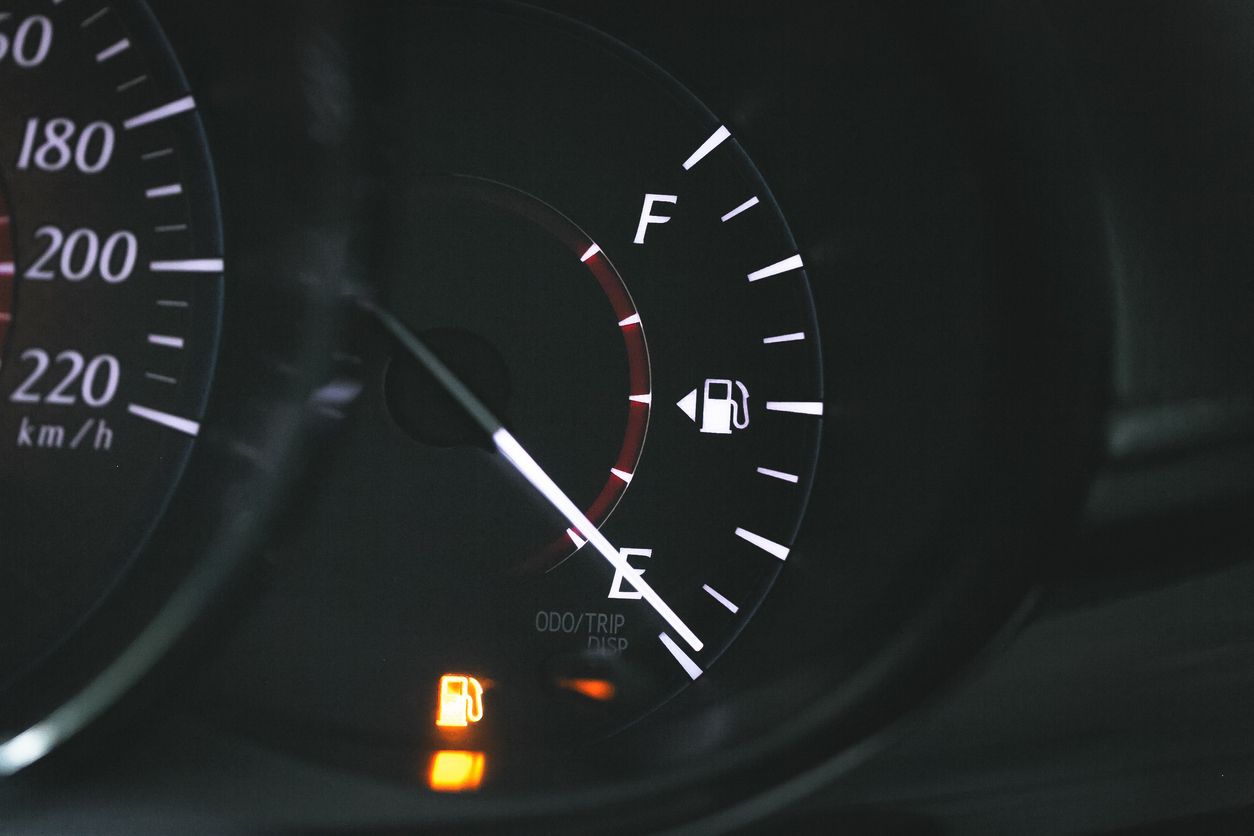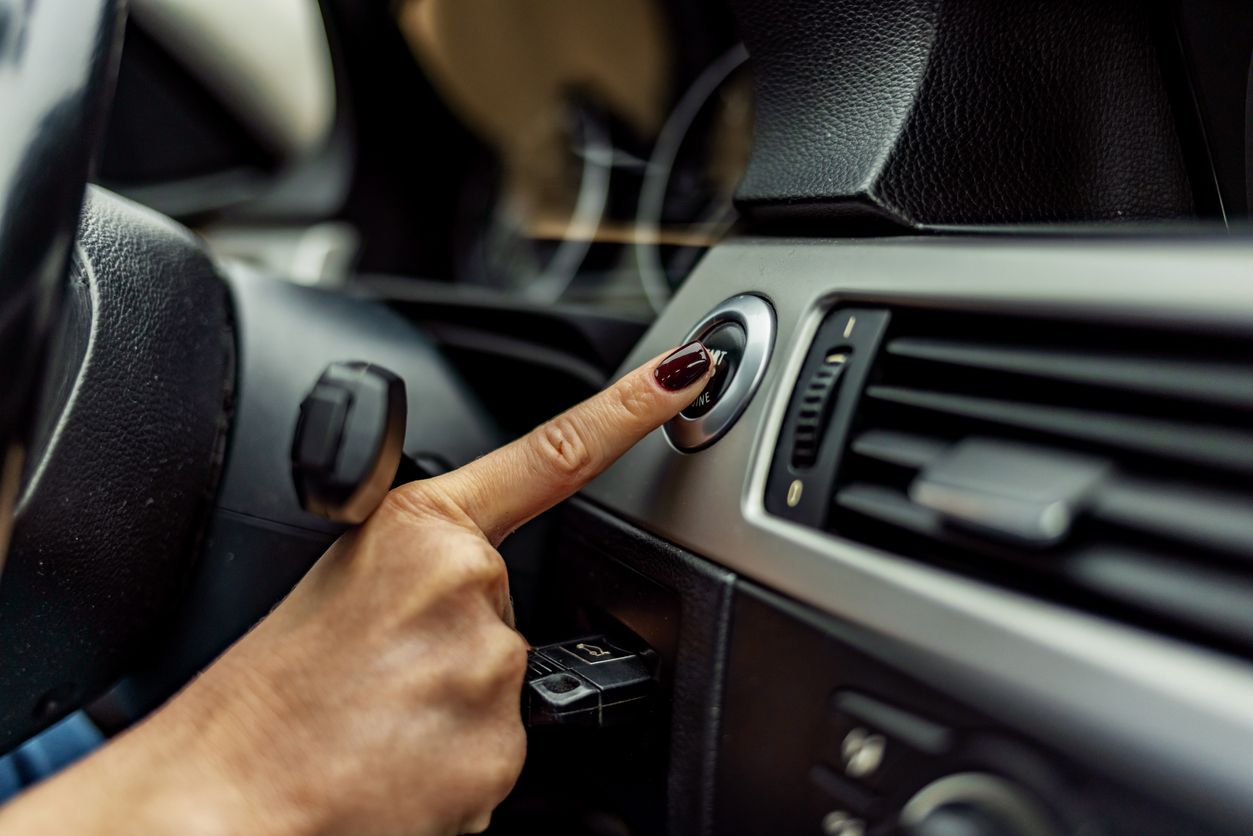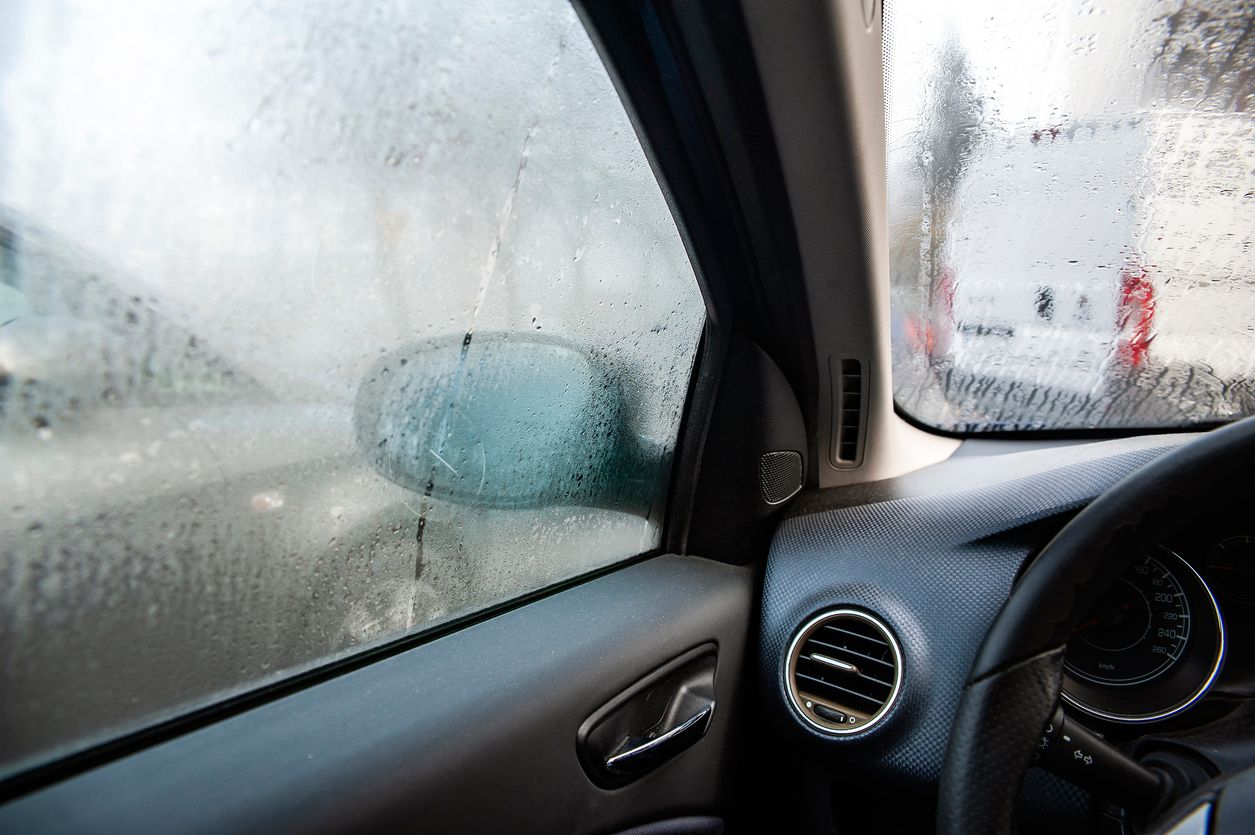There's never a convenient time to have car trouble. But getting stranded in frigid temperatures? That can quickly surpass "inconvenient" and turn downright "dangerous." Before you hit the road for winter driving, learn how to get your car ready for winter.
How to Prep Your Car For Winter
As temperatures drop, it's time to winterize your car. But what does winterizing a car mean, anyway? Simply put, it's a combination of maintenance, packing specific items in your vehicle, and other prep work specific to winter.
Winterizing your vehicle can vary depending on where you live and the type of car you drive, but one thing applies to every winter driver: you need to be proactive. Don't wait until there's a winter storm coming in to get your car ready!
Winter Checklist for Vehicles
Just like you need a different wardrobe during the winter, your vehicle has different needs, too. Check out this winter car maintenance checklist to get started on winterizing your ride.
1. Check (or change!) your tires.
It's no secret that ice, snow, and slush can change the way your tires grip the road. Whether you need snow tires, winter tires, or just a thorough check of your all-season tires, it's a good idea to take care of changing or inspecting them long before wintry conditions hit. Consult a professional to choose the best snow or winter tires for your specific vehicle. Or choose trusty all-season options like Firestone WeatherGrip and Bridgestone WeatherPeak tires so you can be ready for any weather, all year long.
Even if you live in an area where all-season tires are adequate for winter, you still need to be sure you have sufficient tire tread. To do this, use the penny test to check tread depth. Insert a penny between your tire treads with Lincoln's head facing down, and check to see how much of Lincoln's head is visible. If the top of his head is hidden, your tires have sufficient tread. If you can see the top of his head, though, it's time to replace your tires.
2. Inspect your battery.
In winter weather, your vehicle may need more power to start than it would in warmer temperatures. And unfortunately, cold temperatures can affect your car battery's overall performance. Have your battery inspected to be sure it has enough power not only to start your vehicle, but also to power winter car necessities like defrosters and heat.
3. Prep your windshield wiper system.
We've all been there: you pull the lever to dispense windshield wiper fluid, only to find that it's frozen. This certainly doesn't help you clean your windshield, and it can also cause damage to your wiper fluid reservoir if it happens repeatedly. To prevent frozen wiper fluid, switch to a winter formula. Additionally, consider changing your wiper blades to specialty ones designed for winter slush, snow, and ice.
4. Have your oil changed.
Due for an oil change soon? Ask your Firestone Complete Auto Care technician to check your oil level and its appearance as well as to confirm you have the right viscosity grade for winter. Old oil can turn sludgy and make your engine work harder than necessary if left unchanged (plus, oil tends to flow slower when cold), which may lead to excess wear and tear in extreme situations. Even if you're not due for an oil change just yet, it's a good idea to stay ahead of things and have your oil level and condition inspected.
5. Equip your cooling system.
Much like coolant is important during the summer, it also functions as antifreeze during winter. Make sure the coolant/antifreeze in your cooling system is still able to protect your engine. Not sure what's best for your car? Consult your owner's manual or call on the pros at your local Firestone Complete Auto Care.
What to Keep in the Car for Winter
Once your car is in tip-top shape, it's time to prepare for the unexpected. Here are a few items you'll want to keep in your car throughout the cold season to help you reach your destinations safely.
1. Snow and ice removal tools
At a minimum, you should have an ice scraper, snow shovel, and snow brush in your car for clearing the windshield and windows.
2. Tire pressure gauge
Rapidly dropping temperatures can deplete your tire pressure in record time. Check your pressure regularly, and top off your tires with air to keep them performing at their best.
3. Traction aids
If you get stuck on a slick patch, sprinkling cat litter or sand around your tires can help increase their grip to get your vehicle moving again. Storing heavy bags of cat litter or sand in the back of your vehicle can also add weight and help increase tire grip on the road while you drive.
4. Cold weather survival gear
If you have a winter roadside emergency, be sure you and your passengers can stay safe until help arrives. Pack a winter car emergency kit with plenty of blankets, hand warmers, and charging packs for electronic devices so you can call for assistance.
5. Roadside emergency kit
No matter what season it is, you always want to keep a few emergency essentials in your vehicle. Build an emergency kit that includes, at a minimum, jumper cables, a flashlight, a stocked first aid kit, basic tools, and extra snacks and bottled water.
How to Get Your Car Ready for Winter with Firestone
Ready for the chilly roads ahead? Make sure your car is ready, too. Make a winter car maintenance appointment today or stop by your local Firestone Complete Auto Care for car care services and more.



